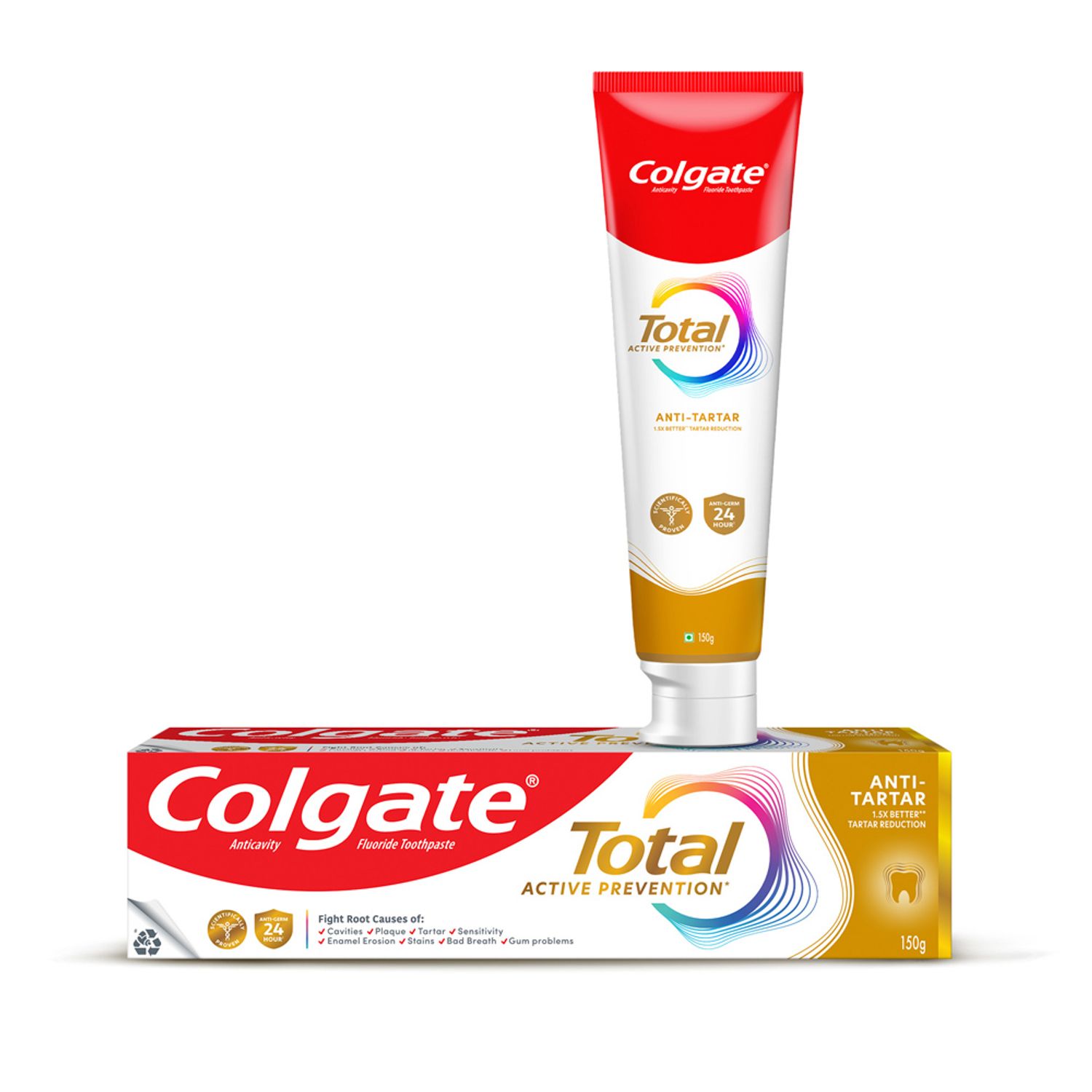Sinus Infections
According to the National Health Portal of India, sinus infection can be caused by allergic reaction to pollens, animal fur, certain foods and beverages, hay fever, deviated nasal septum, nasal polyps, impairment in ciliary function (there are small hair like parts in our nose which prevent travelling of infectious agents or harmful substances to sinuses), impaired immunity, bacterial infection or fungi (in rare cases like immune-compromised cases), respiratory tract infections are found to be the common cause of sinusitis. Smoking and second hand smoke are also associated with chronic sinusitis.
Maxillary sinusitis may also be of dental origin given the close proximity of the teeth and the sinus floor. This constitutes about 20 % of all cases of maxillary sinusitis. Sometimes such maxillary sinusitis may spread to the orbit or to the ethmoid sinus. Consisting of air-filled structures behind the cheeks, eyes, forehead and nose, the sinuses usually contain no bacteria or other infectious agents. As air flows through them, thin mucus travels through the small hairs in your nasal cavity and drains into the back of the throat.
But when colds and allergies create excess mucus, or nasal polyps, nasal bone spurs and similar structures prevent this mucus from draining – allowing bacteria, viruses and fungi to thrive. Certain medical conditions that prevent the small hairs in the sinuses from working well can also lead to infections in this way. Ultimately, bacteria-infected sinuses are inflamed. Acute sinusitis lasts less than four weeks, whereas chronic sinusitis may last longer than three months.
How They Create Bad Breath
Colds create bad breath by drying out the mouth as you breathe through it when your nose clogs up.The mucus in infected sinuses, however, smells bad on its own, and the air you breathe out comes into contact with it.Infected mucus drips out of the sinuses and down the back of the throat, where it meets the air you exhale and the odour from the infection transfers to your breath.
You can help improve the smell of your breath by brushing twice a day with a fluoride toothpaste.As important as this habit is, though, this is a short-term fix; your bad breath won't go away until the sinus infection clears up.Most acute sinus infections clear up naturally, but over-the-counter (OTC) treatments such as antihistamine tablets, nose sprays, acetaminophen and throat lozenges can ease your symptoms.
Keep in mind you should avoid using nasal decongestants for longer than three to five days.Instead, drink plenty of (hot) liquids, use a humidifier and spray nasal saline only when you need to.If symptoms don't improve after two to three weeks, or if you experience a headache, a fever over 102.2 F or severe swelling around the eyes, visit your physician.He or she can prescribe antibiotics for a bacterial infection or another appropriate medication given the source of the problem.
Preventing Sinus Infections
If you regularly experience sinus infections, ask your physician about more systemic tests for finding the cause.An ear, nose and throat specialist can examine your sinuses with a fibreoptic scope, or order MRI or CT scans to see if the structure of your sinuses is slowing the travel of mucous.When a dental check-up is considered all clear but you still have bad breath, a sinus infection may be the cause.And although the infection may go away by itself over time, those that don't should prompt an appointment with your physician.By working quickly to treat your sinus infection, bad breath can turn fresh again so you can ride out the condition with as few side effects as possible.
This article is intended to promote understanding of and knowledge about general oral health topics. It is not intended to be a substitute for professional advice, diagnosis or treatment. Always seek the advice of your dentist or other qualified healthcare provider with any questions you may have regarding a medical condition or treatment.
ORAL HEALTH QUIZ
What's behind your smile?
Take our Oral Health assessment to get the most from your oral care routine
ORAL HEALTH QUIZ
What's behind your smile?
Take our Oral Health assessment to get the most from your oral care routine













